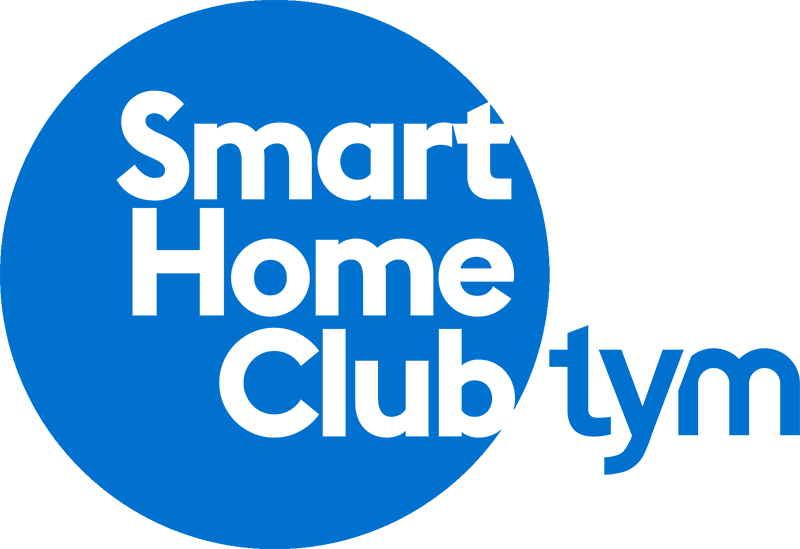The problems using Apple’s AirPlay with a home audio system.
When discussing music servers, clients often ask if they can just use Apple’s AirPlay and forego the expense of a dedicated music server. Yes, but there’s drawbacks. You can learn more about the basics of a distributed home audio system here, but to set up the conversation here’s a quick overview.
Your Home Audio System
Home audio systems have several components: The Amplifier, The Audio Switch, and The Music Server — or source. There’s lots of different types of home audio systems, and lots of ways to send audio to your home audio system.
You can hardwire an MP3 player into the back of your audio system, you can use a tuner and just play radio stations, or you can use a ‘music server.’ A music server has several features. It has a hard drive, so you can store old CDs, MP3’s, or purchase and download high-res audio files. You can also stream popular music services like Pandora, Spotify, and Tidal.
Now here’s what’s important to understand. The music server is actually the source. You use your smart phone to choose the song, manage the volume, and tell the system what room to play to, but the phone is not the source. The music server is the source. The benefit, is that the music server doesn’t have any interference from incoming phone calls, text messages, or app notifications.
Often times, a client will ask if they can just plug an Apple TV into the audio system, and AirPlay to it. Yes, you can do this, but we don’t recommend it. In this instance, your phone becomes the actual source. Unless you’re playing Pandora from the Apple TV, your options are to select music on your phone, or youtube, or whatever you’re watching, and airplay it out to the system.
Anytime you receive a text message, email notification, or incoming phone call, your music will drop out. The volume will suddenly go down, the music will pause, or delay, and in some instances it will stop all together.
This is true of any service like this where your phone is the actual source; like bluetooth. If you have to use this approach, the best plan is to use a dedicated device in the home that doesn’t receive messages, or app notifications of any kind. So purchase an old refurbed iPad or iPod, and be sure to turn off all notifications. This will minimize interference.
Equally important is that you have a solid network. I’ve never been able to confirm this, but I know people that swear AirPlay works best with Apple products. You can purchase music servers like Autonomic’s Mirage, Casatunes, even Control4 has it own board now. I know one dealer, where even if a client purchases one of these systems will purchase an Apple TV, and use it as the source rather than use music servers airplay license. He swears the performance is noticeably better when he pipes it through Apple hardware.
Now I’m not against AirPlay for home audio. I’m actually a big fan of AirPlay, I just like it for the right applications. If you’re having a party, or if you’re like me and use music to relax and veg out, I prefer streaming music from an actual server so I can count on the music being reliable. If on the other hand, I want to listen to Audible through the speakers, or share a podcast through the speakers, AirPlay is a phenomenal feature to have enabled in your whole house audio. I just don’t recommend it as the primary source for your home.
This really gets back to our discussion on good system design. Its less about which systems and softwares work well, and more about understanding their limitations and using them accordingly. Airplay is a great addition to any home, just make sure it’s never your primary source, and you’ll be golden.
Be sure to check out our other posts on home audio and music servers.

Named one of Technology Integrator’s Top Talent Under 40, Matt has designed systems for 20 national award-winning projects, including "Home Theater of the Year", and "Custom Smart Home of the Year" from CTA™ (Consumer Technology Association). His ebook “How To Wire Your Smart Home” is a best seller among professionals and DIY-ers alike. He has taken classes with Home Acoustics Alliance (HAA). You can watch Matt share the secrets of his craft on YouTube!
Matt is a Golden State fan.




